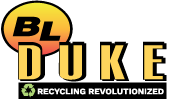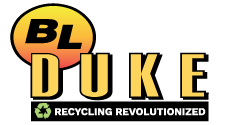Our Capabilites
Setting a New Standard in Turnings Containment
Keeping you protected every step of the way.

Innovative Design
A first-of-its-kind facility in the Midwest, this state-of-the-art building is purpose-built to contain steel turnings, cast iron borings, and steel fines. Engineered to exceed environmental permit requirements, it sets a new benchmark for responsible material management.
State-of-the-art steel turnings containment building at our Joliet, IL facility—the first of its kind in the Midwest.

Environmental Protection
Engineered to fully contain recyclable materials, this facility prevents rainwater exposure, eliminates the risk of ground contamination, and protects our recycling partners' environmental responsibilities by stopping runoff and leachate.

Structural Highlights
Spanning over 30K square feet, the facility holds up to 5K tons of material and includes 80K gallons of liquid containment capacity. Constructed on a reinforced concrete pad and sealed with a composite moisture barrier, it's engineered to isolate materials from the environment.
Ferrous Metals We Recycle
Our Process

Material Receipt
Materials are received and identified by our experienced team.

Identification
Latest technology analyzing equipment ensures precise material identification.

Processing
Materials are, baled, torched, sheared and processed according to type and grade.

Transport & Sale
Processed materials are transported via barge, rail or truck to domestic steel mills.

